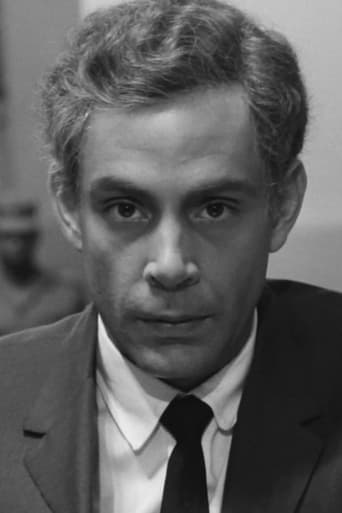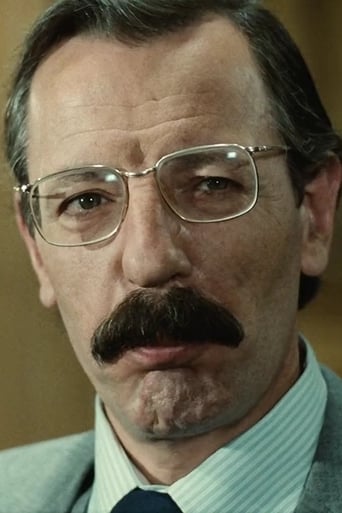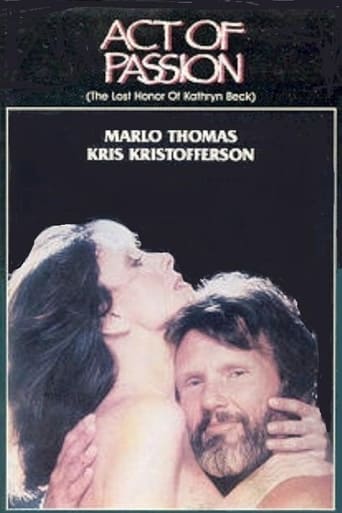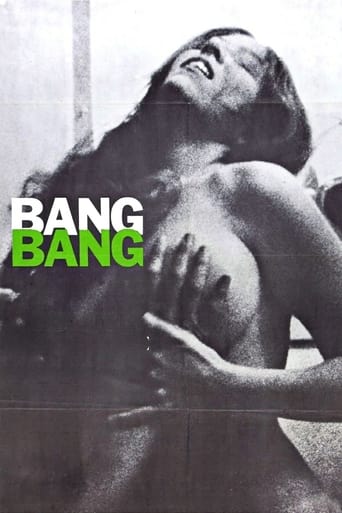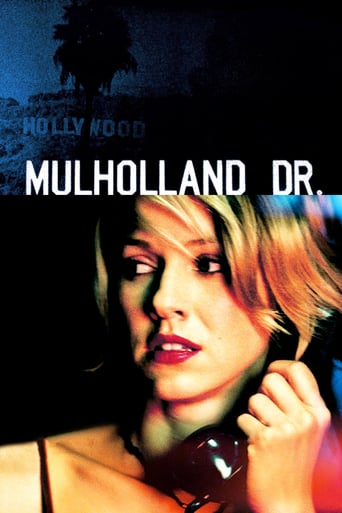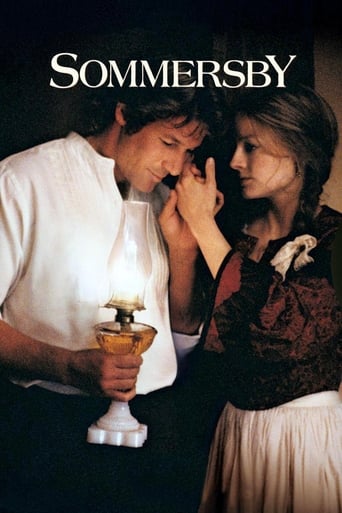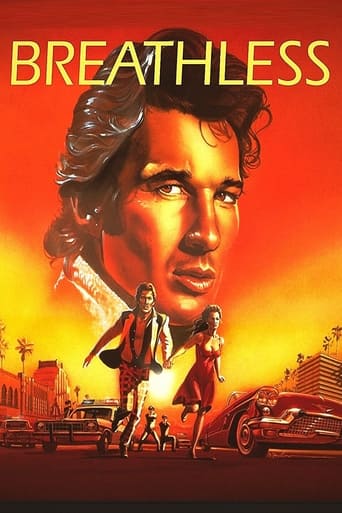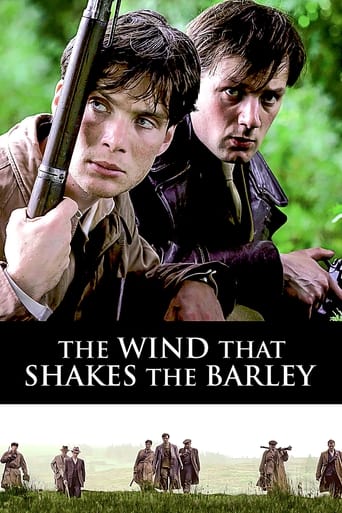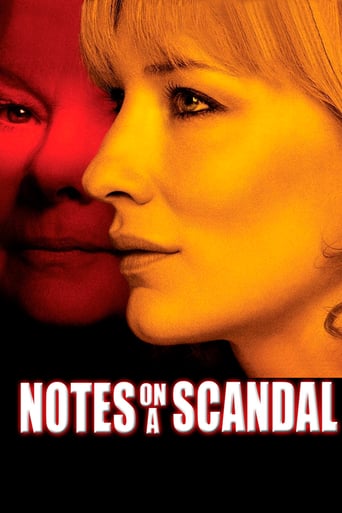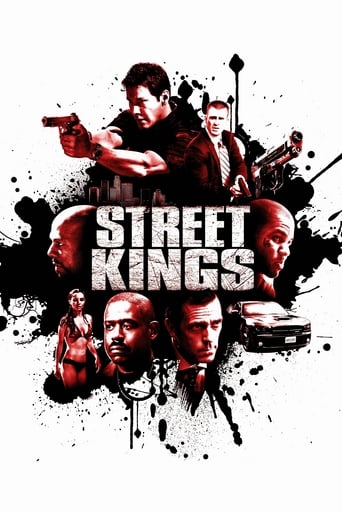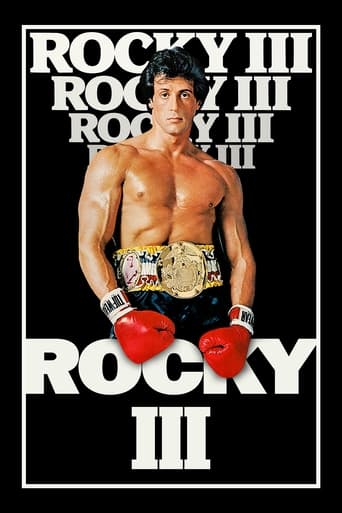
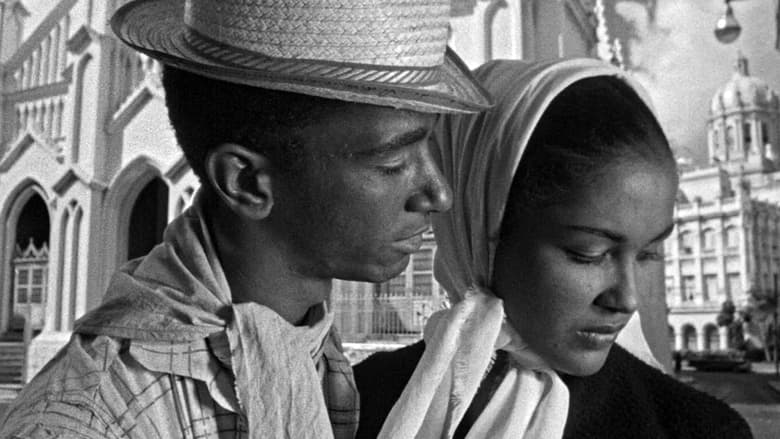
I Am Cuba (1964)
Four vignettes on the lives of the Cuban people in the pre-revolutionary era. In Havana, Maria is ashamed when a man she loves discovers how she makes a living. Pedro, an old farmer, discovers that the land he cultivates is being sold to an American company. A student sees his friends attacked by the police while they distribute leaflets supporting Fidel Castro. Finally, a peasant family is threatened by Batista's army.
Watch Trailer
Cast


Similar titles
Reviews
I had the great displeasure of sitting through this piece of rubbish film. Yes, I know it is supposed to be historical, it is a Soviet-Cuban propaganda film and the camera work is supposed to be fantastic. This film only appeals to ignorant students who think they know more than anybody because they "are for the people and justice" and communists. As Billy Joel once said, "I had my pointless point of view." ALL the scenes are way too long, hammering the point home in 20 minutes when it was understood in 3 minutes. The nightclub singer repeating Crazy Love so many times you go loco, following the student revolutionary for 20 minutes through a building and up to the roof, a guy running through plants for 10 minutes, come on, enough! I bring this up because both the writer and the director are applauded as fantastic when their work, propaganda or not, is worse than an Adam Goldberg family video. Please don't waste your time with this film. Go get experimental brain surgery instead.
"I am Cuba" is propaganda and cannot be taken very seriously as far as its idyllic view of Cuba is concerned. The Batista years and Americans in the film are almost cartoon-like in their simplicity-- it was not meant as non-fiction but as a way to drum up support for the Castro regime among the common people. But, if you look at the film for its artistry, it is very nice. It features some very creative and artsy camera-work--and so despite being in black & white, it looks great. And, while the style film wasn't exactly to my taste (with its lyrical and poetic qualities), it was well done. So, overall, I'd say that this Soviet-Cuban co-production is a pretty film and is worth seeing-- just don't take it as a snapshot picture or as pure history.By the way, because the film was not intended for American audiences, it sure would have been nice for the DVD to have captioning for the Americans. This is because I couldn't understand a lot of what they were saying--and I assume many other English speakers might also have this difficulty.
I don't know much about Cuba. I do know that Mikhail Kalatozov's I Am Cuba is Mike Leigh's third favourite movie, so on that undeniable recommendation, I had to see for myself. The film dramatises the country's urgent need for revolution, as political oppression stirs great discrepancies in the communities. It's formed of four allegorical vignettes, covering many war- torn scenarios; a Cuban woman who sleeps with Americans to make a living, a farmer whose land is taken from him, a rebellious student who rises up against the oppression, and another farmer who realises the only way to get peace is to fight for it after his land is blown apart. Even though characters are clearly symbolic of class divides, ideologies, religions and cultures, Kalatozov's approach still leads it to being an actor's playground, as they tackle tough moral dilemmas and impossible problems often without dialogue.Although it often breaches melodrama, they're always deeply tender. Admittedly, the characters are superficial, obvious regarding what they stand for and too fleetingly presented to get under their skin, but the film manages to conjure the stomp of a nation with its network of active characters. What's most notable about I Am Cuba is the sensational dizzying cinematography. It's constantly mobile, hand-held, with a distorted lens, and it often opts for Dutch angles. But there are some improbable camera moves that made my jaw drop as the camera passes stories and through buildings and across streets. Even in black and white, it has such a hot suffocating atmosphere and captures such tension in the air. Paired with the abrasive music, it's an utterly remarkable experience. This is the type of film i would've fallen head over heels for just a few years ago - now I'm a little more reserved, but consider me floored for I Am Cuba.9/10
The critic's dilemma with propaganda films lies in the controversial subject matter and the fact that they are generally made by the crème de la crème of directors - a blessing and a curse. All these films are supposed to convey is a certain political mind-set, the glorification of a person, revolution or regime - in impressive imagery that is, the rest is artistic license. The latter is why directors are carefully chosen for these projects in the first place - their unique style should warrant the film's success. This was the case with Eisenstein's and Dovzhenko's masterpieces in the 1920s/1930s or Riefenstahl's infamous "Triumph of the Will" aestheticising Nazis, and it also applies to Mikhail Kalatozov's "I am Cuba" retracing the Cuban revolution. Interestingly however Kalatozov, whose breathtaking "Cranes are Flying" took the Cannes Grand Prize in 1958, failed in the eyes of the Cubans and the Soviets, who didn't consider it revolutionary enough, too naïve, too stereotypical. Its rediscovery however is well deserved, and it's due to its sublime beauty.More than half a century on much more has remained from "I Am Cuba" than just a historic document tinged by communistic propaganda. Above all it is a poetic portrayal with incredible visuals, a riveting collage of very different lives on the same soil, connected by their love for their country. "I Am Cuba" is a feeling. It comprises the Cuban homeland and a time of upheaval, strong emotions that have bottled up for years and years to finally come to the forefront leading up to inevitable confrontations. The film's perspective still comes across as powerful and relevant, story-wise and camera-wise. Kalatozov films in long takes which are often choreographed with absolute precision, uses stylized high contrast black and white cinematography, extraordinary crane and tracking shots, tilted camera angles and seemingly even moves freely through Havana in one of the most famous continuous camera shots in film history. With his superb technical and cinematic artistry Kalatozov transcends the moment and while his approach wasn't appreciated back in the days, his rediscovery in the 1990s prompted an array of quotes from this work. Indicator enough that Cuba is worth a visit, at least on the silver screen.


